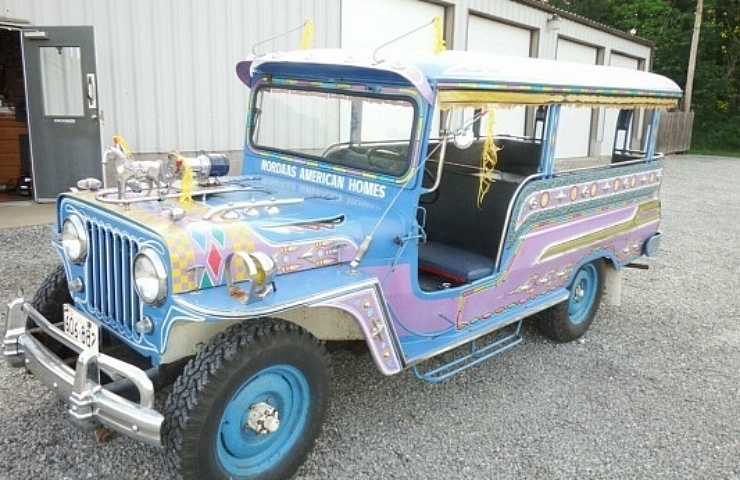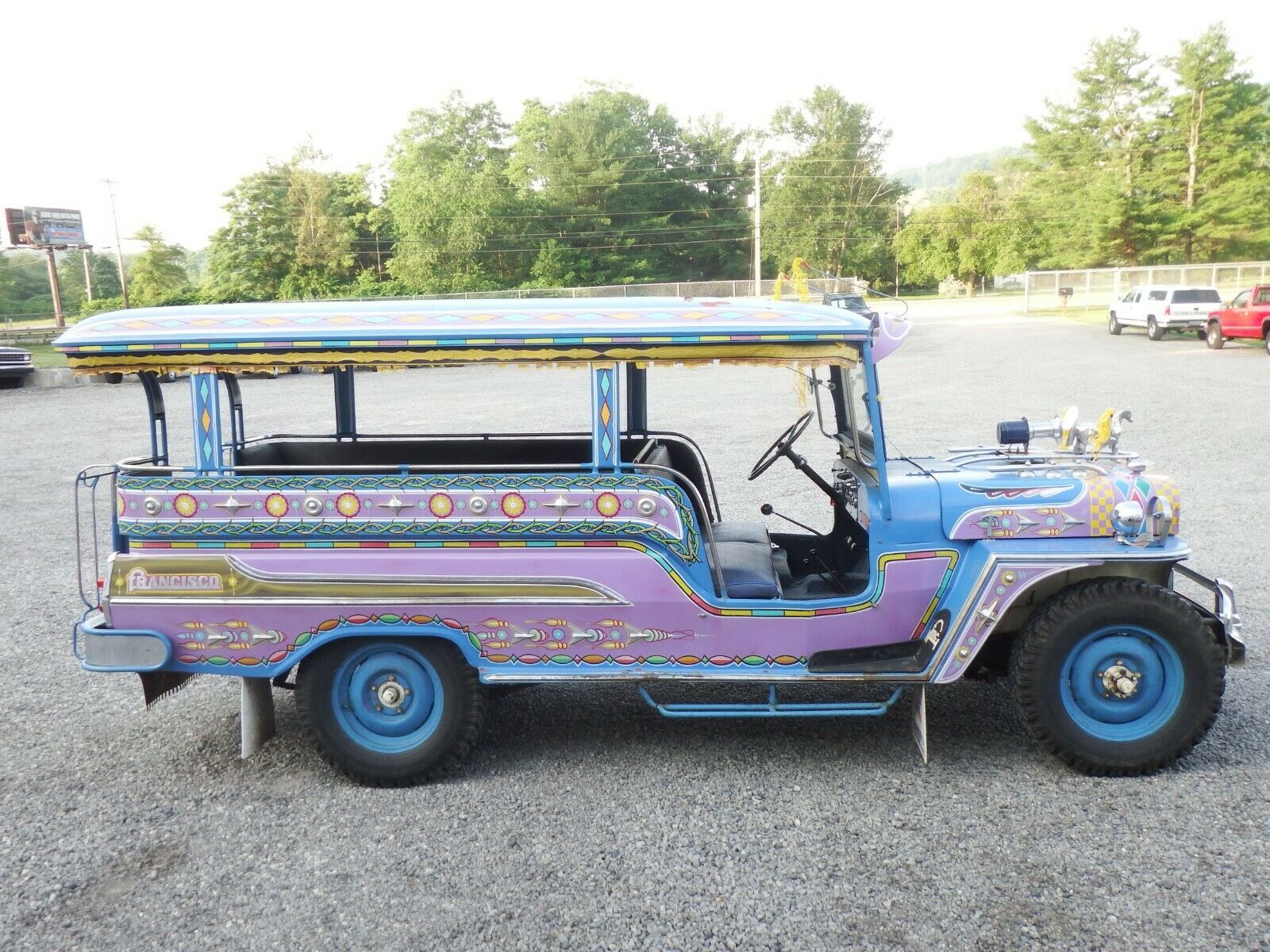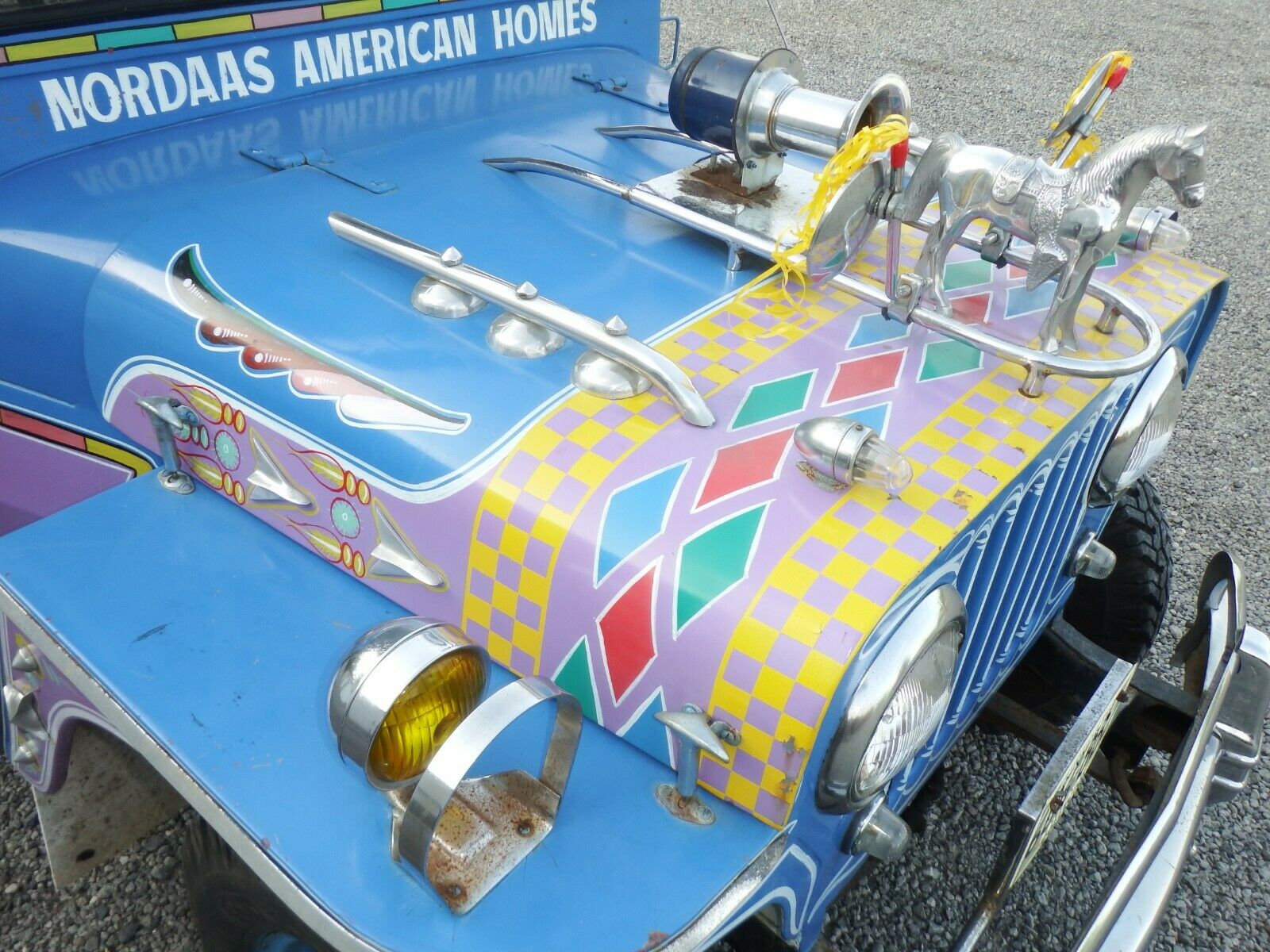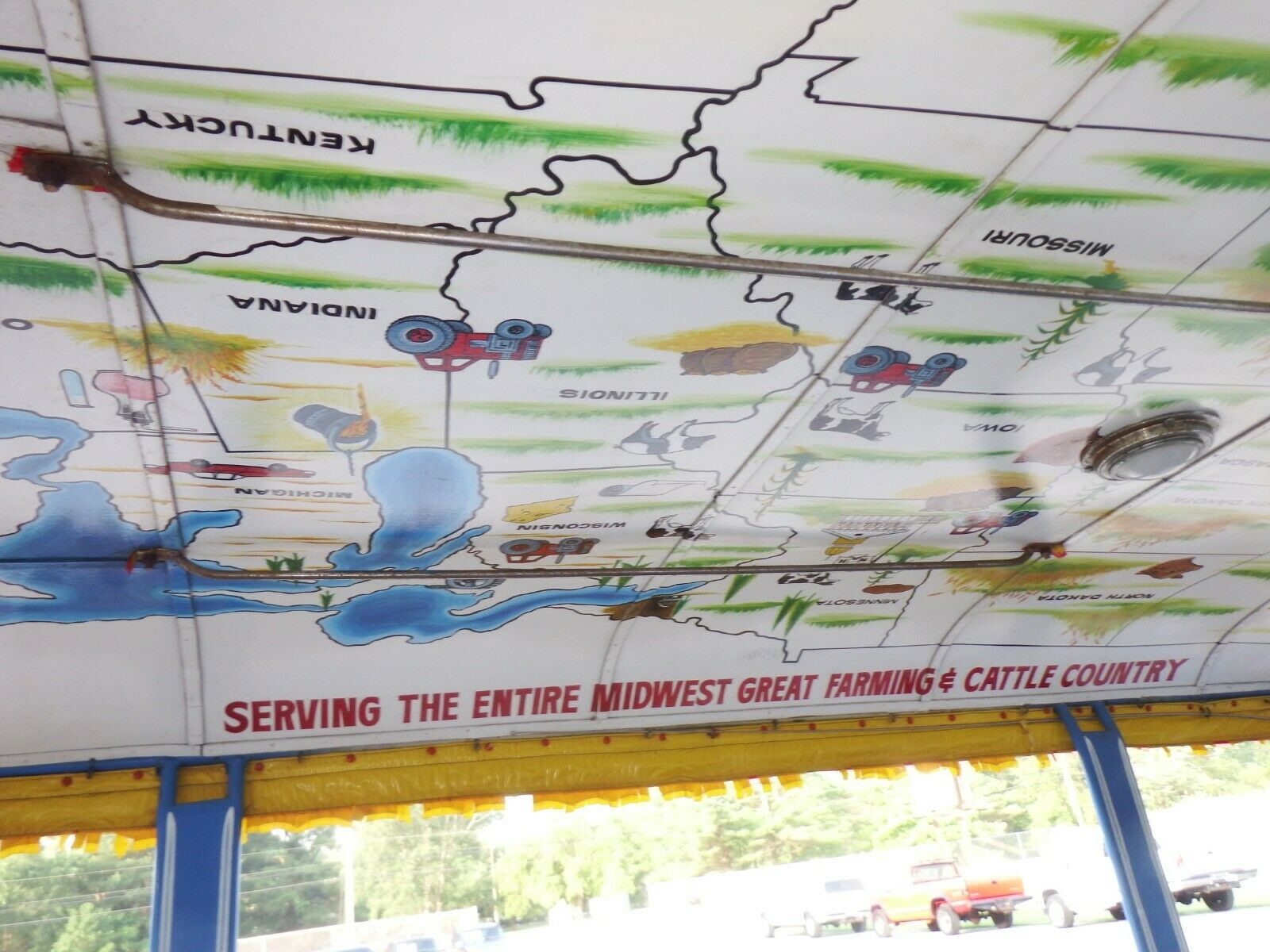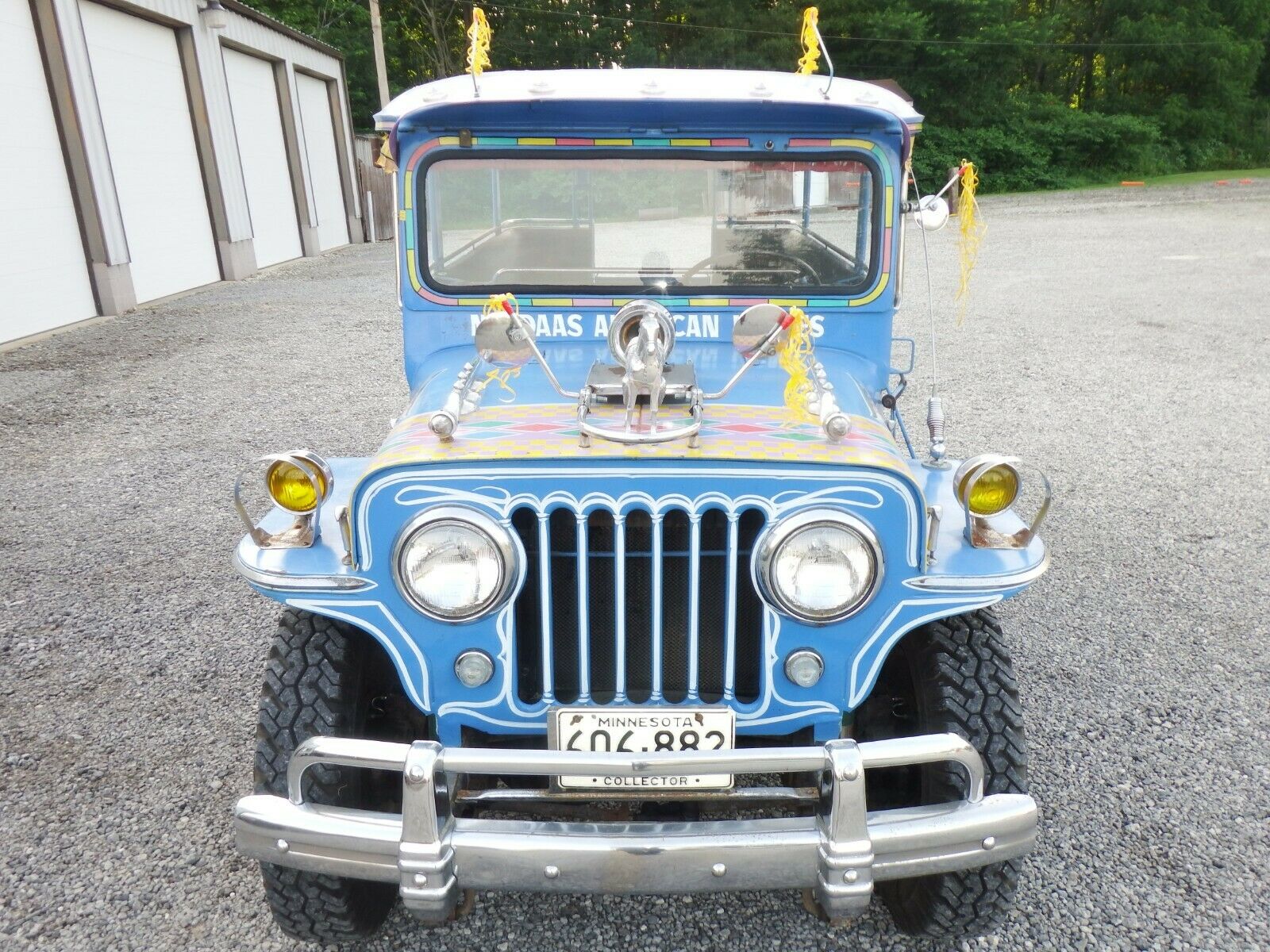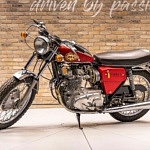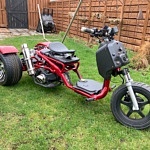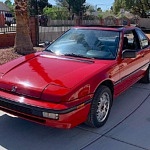Now here’s something rare in the U.S., a classic post-war Jeepney from the Philippines. It’s now a long way from there in Salem, Ohio, and offered on eBay with a $22,000 Buy it Now price.
Hundreds of military Jeeps were left behind in the Philippines after World War II, and local entrepreneurs turned them into flamboyant buses with two rows of bench seating. This example wasn’t actual military surplus, since it’s a ’46. According to a spokeswoman for Salem’s Daveys Jeeps, the vehicle’s transformation into a Jeepney happened circa 1973 for a Minneapolis company that sold houses. It was used as an attention-grabbing way to show properties to prospective buyers. “We bought it at an auction many years ago,” she said. The Minnesota tags are still on it.
“We basically just store it,” she said. “We took it to a local cruise event, and go out to eat in it now and then. It drives fine.” The Jeepney has super-low mileage, just 1,343 on the odometer.
The earliest Jeepneys were based on the military version of the Army’s go-anywhere vehicle, but this one probably started life as a post-war civilian CJ-2A. They were marketed to farmers, of which there were 5.5 million in the U.S. in 1946. The CJ-2A was advertised as “the all-around farm work-horse,” and was sold with an MSRP of $1,090.
A 1948 Jeep CJ is currently receiving bids (starting at $4,000) on eBay Motors.
The good news is that these early CJ-2A Jeeps sold in large numbers, and are well supplied with parts by eBay. If you need wheel cylinders, the parking brake cable, or even the dash data plate, it’s here. It might be tricky to replicate or revise the paint job in the Filipino style. But there are cute Jeepney die-cast models available on eBay for inspiration.
The Colorful History of the Jeepney
Some Jeepneys were based on the all-steel Jeep Station Wagon, which was introduced in 1946. We think this one is a CJ-2A, though, with an extended wheelbase. It’s certainly a colorful example, with wonderfully detailed paintwork (the imagery is frequently borrowed from popular culture), plus additional chrome-plated ornaments and a Midwestern mural for a headliner. It could transport a whole baseball team. Some surface rust and nicks are visible, but the Jeepney appears to be very solid and original.
The vendor cautions, “Remember, this is a very old vehicle sitting in a collection for many years. It has been started and driven on occasion, including last summer. Expect some maintenance to be needed if you want to drive it on a regular basis.” The engine reportedly runs well, but it looks like it could use some TLC. It’s a Hurricane inline-four, designated F4-123, and was used in a lot of Jeeps, including the CJ-3B, CJ-5, and CJ-6. The transmission is a floor-shifted three-speed manual.
The value of related vehicles such as the 1950s Fiat Jolly beach car have soared in recent years, reaching $100,000 or more at auction. It’s hard to gauge the Jeepney’s value because so few of them have been offered for sale in the U.S. “Super rare to find in this country,” says the vendor.
The creator was Francisco Motors Corporation of Las Pinas Rizal in the Philippines. The company is still in business, and these days it’s looking to build electric Jeepneys—retaining the outlandish styling elements.

